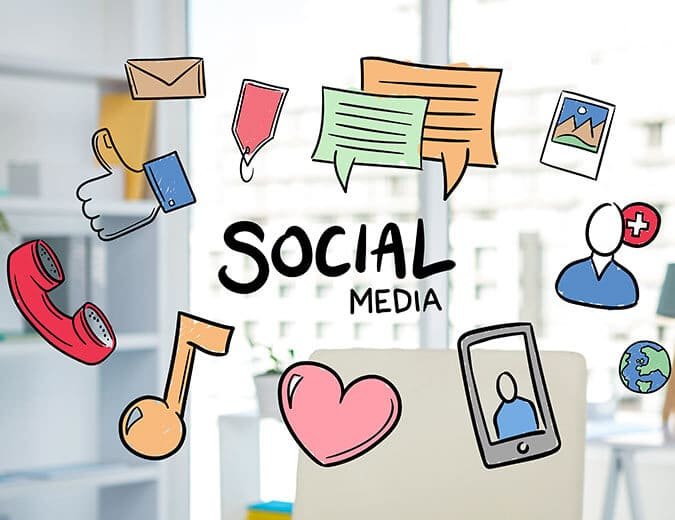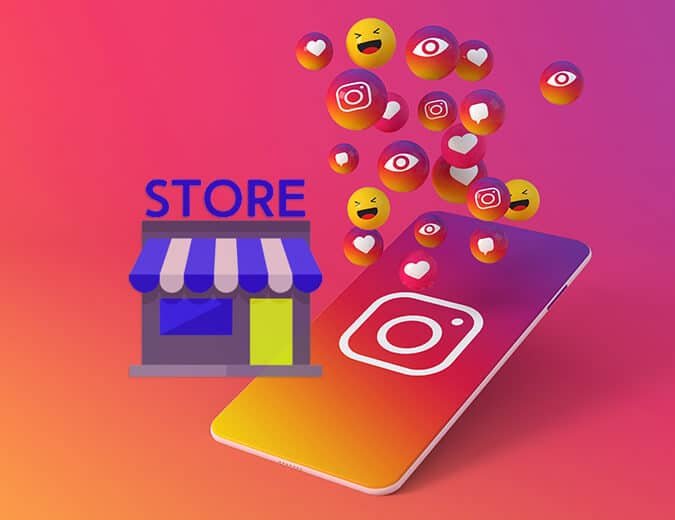Decoding Consumer Psychology: The Key to More Effective Marketing
The prominence of the Internet, computers, and mobile devices had an extensive influence on how we act and interact. With our widespread access to information, it has become easier to communicate and gain knowledge almost everything, thus bringing a change in customer behavior. Gone are the days when advertisers needed to run slick television commercials to sell millions of products. The age of information smashed that model forever. The world, as we know, is entirely different from the one most of us grew up. A typical day was pretty much different than what it looks now.

Our, as a consumer, the behaviour has shifted over the last three decades and can be credited to the rise of technology.
It’s 2019, and all odds are off in the world of business-to-consumer (B2C) marketing. The doctrine that the manner of getting consumers to buy your product or service is a straight line project with fixed points during which they will take a specific action is now irrelevant. There is a significant shift to the digital space, which means that everyone is online and has some handheld device. In a recent study from the Pew Research Center survey, a whopping 31 per cent of United States adults depends on the mobile device and go online “almost constantly” – be it for entertainment or information. Consumer expectations and buying behaviours have changed accordingly, and businesses that don’t adjust could very well go off the way.
How to Use Collective Effervescence in Marketing
When customers can’t associate to the language you’re using to position your brand, they find it difficult to file it into a category in their minds. In turn, they don’t think of you or your brand when the need for your product arises. This gap is then quickly taken over by your competitor.
Instead of trying to do what something entirely new, stick to what your consumers know. Set your perceptions on moving into a brand category which already exists but doesn’t have a distinct guide. Looking into your competitors can help you create your branding and also identify an opportunity in a group.
Understanding natural effervescence can help brands unhitch the enigma behind consumer fads. When people want your product to fit in, your job gets a whole lot easier.
The use of social influencers is one of the best ways to create a need for a shared experience. When these inspirational individuals are sharing in your product, other people will want in.
This cognitive bias is identified as loss aversion, one of the psychological principles that have been driving human behaviour for centuries. People are panicked or better said, not comfortable with the idea of losing something that they are used to or have, even when there’s an opportunity to gain something better or new.
Loss aversion also works with opportunities which are within reach, but not yet reached or obtained. It’s comparable to the fear of missing out that we get in social situations.
How to Use Loss Aversion in Marketing
Loss aversion helps build a sense of urgency in buyers that would otherwise feel indifferent. It revolves around the psyche that targets consumers trapping into the notion that if they don’t act fast, a product they like will be gone for good.
This is a frequent theme appearing throughout all sales and promotions in retail. At a basic level, messages like “One left in stock” or “last chance” is aiming to leverage loss aversion to stimulate buying motivation. Such messaging is easy to implement to a landing page, but the technique is quite evident to the new age consumers.
It’s essential to reach a knowledge of what your target audience fears losing. Knowing the underlying conditions behind this fear will help you conceive marketing campaigns which will address, and promise to resolve, this sense of loss.
Use FUD in Marketing
Using fear in marketing in the form of scare tactics, that relied on falsehoods and outright is a long-standing procedure to manipulate consumers into buying one product over the other psychologically.
Today, deceit and manipulation don’t pave the path towards buyer’s hearts. However, it is still probable to create emotions of fear, uncertainty and doubt (FUD) in users in an authentic way that makes more effective marketing.
FUD is a dominant tactic, but how to use it for more effective marketing is what experts know the best. One example we’ve all experienced as a consumer is to opt-in boxes on websites. Emails are a valuable currency in the digital age, and marketers/campaigners will go to great lengths to achieve them.
Here’s How It Works
Instead of letting someone click away from an email opt-in box, they have to click a link which generates uncertainty and doubt.
A buyer can be afraid of what might happen, or what message they might say about themselves if they don’t fill out the box. Subscribing to one more email list won’t burn! So, once they’ve received an email confirmation in their inbox, it’s an immediate sense of satisfaction which curbs the feelings of uncertainty and doubt and is replaced with the reward.
Decoding the Psychology Behind Consumer Behavior and Relationships
- Enabling Customers With Information – Customer psychology is one of the most crucial yet overlooked areas in novice digital marketing. Consumer psychology and marketing are not new concepts, and with internet in its way, it has only added as a new medium of communication which has reinvented the wheel. Consumers today are primarily driven by research and reviews. By the time they approach a brand, customers have moved far ahead and almost decided on their shopping journey. Hence to succeed, businesses need to empower the buyers with information, help them learn rather than focusing solely on selling.
- Emotional Connect – One of the critical factors in any relationship is the emotional attachment. Brands which have successfully created a buzz are those who have recognized this impassioned connect. It does take a precise effort to build the bridge instead of solely focusing on boosting sales; and buyers fancy interactions from other human beings rather than mechanical response. A positive emotion towards a specific brand has always positively influenced on their revenue generation. The biggest tool for this is the social media and companies should take the extra step to make the customers feel good. This will help them build exceptional customer relationships.
- Striking the Right Chord – Building a connection with the buyer can be a keen-witted task. Brands may not be able to approach the customers individually on social media, but they can create posts which are directed at the target audience. Through social media, it is simple to retain patrons who are already talking about the brand. You can find out issues which resonate with the audience and take advantage of humour and colloquialism to strike the best chord. You can vote on the brand personality which you want to represent. You may want to come across as a serious, professional or an easy going, fun-loving brand. It is necessary to recognize the need of the audience before settling on the brand message.
Concluding
Psychology principles have affected consumer behaviour for decades. However, when executed inadequately, these tactics can feel half-hearted and unreliable – leading to negative brand perception. Fortunately, the experts of Anblik Web Development Company knows how to make the best out of digital designing and campaigning, which will inspire action while driving both revenue and loyalty.










